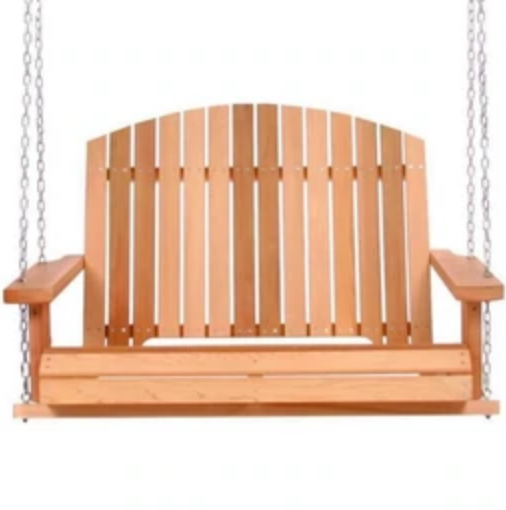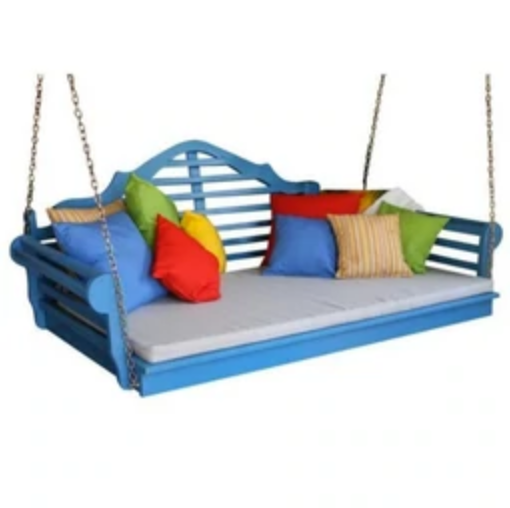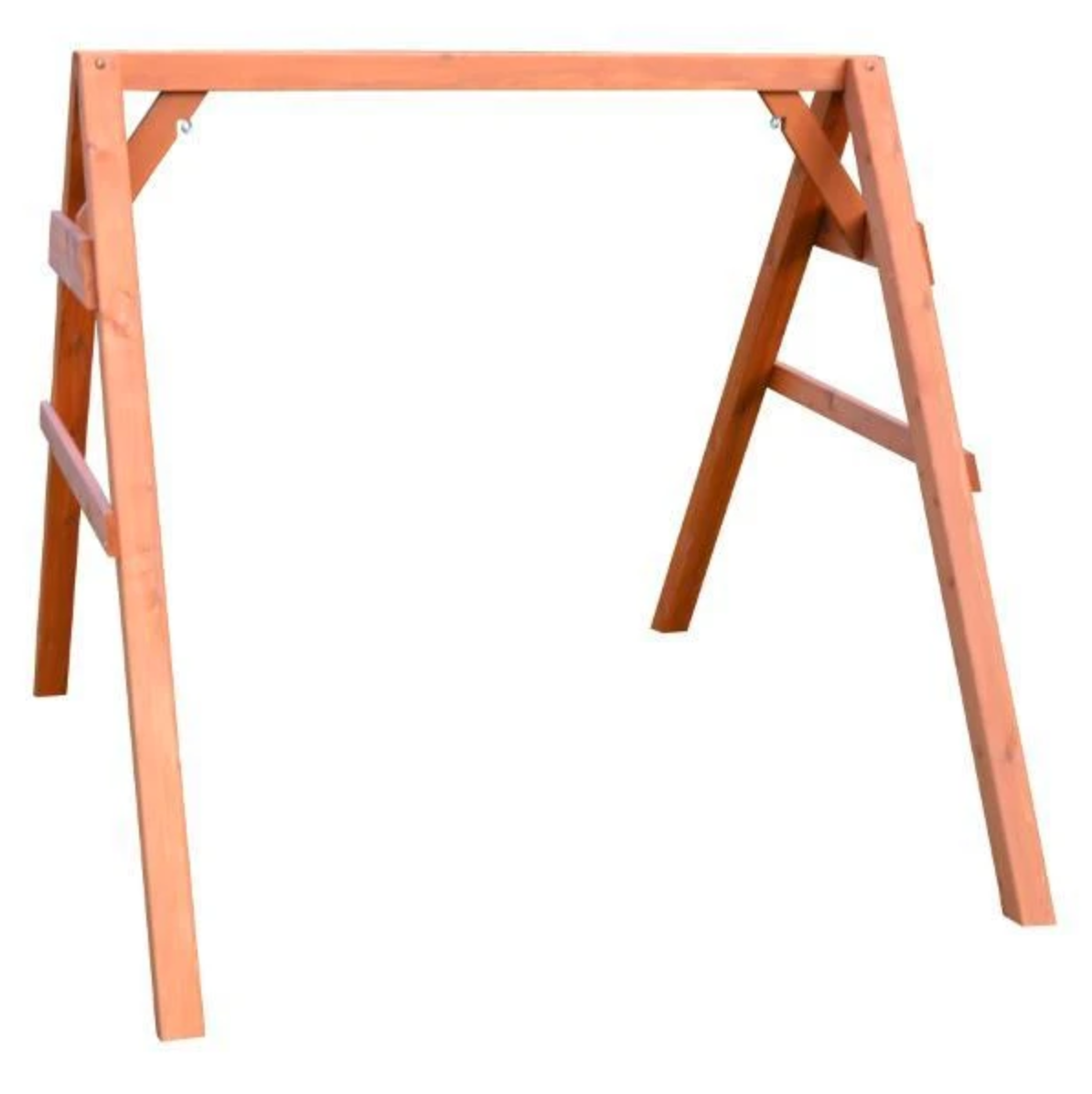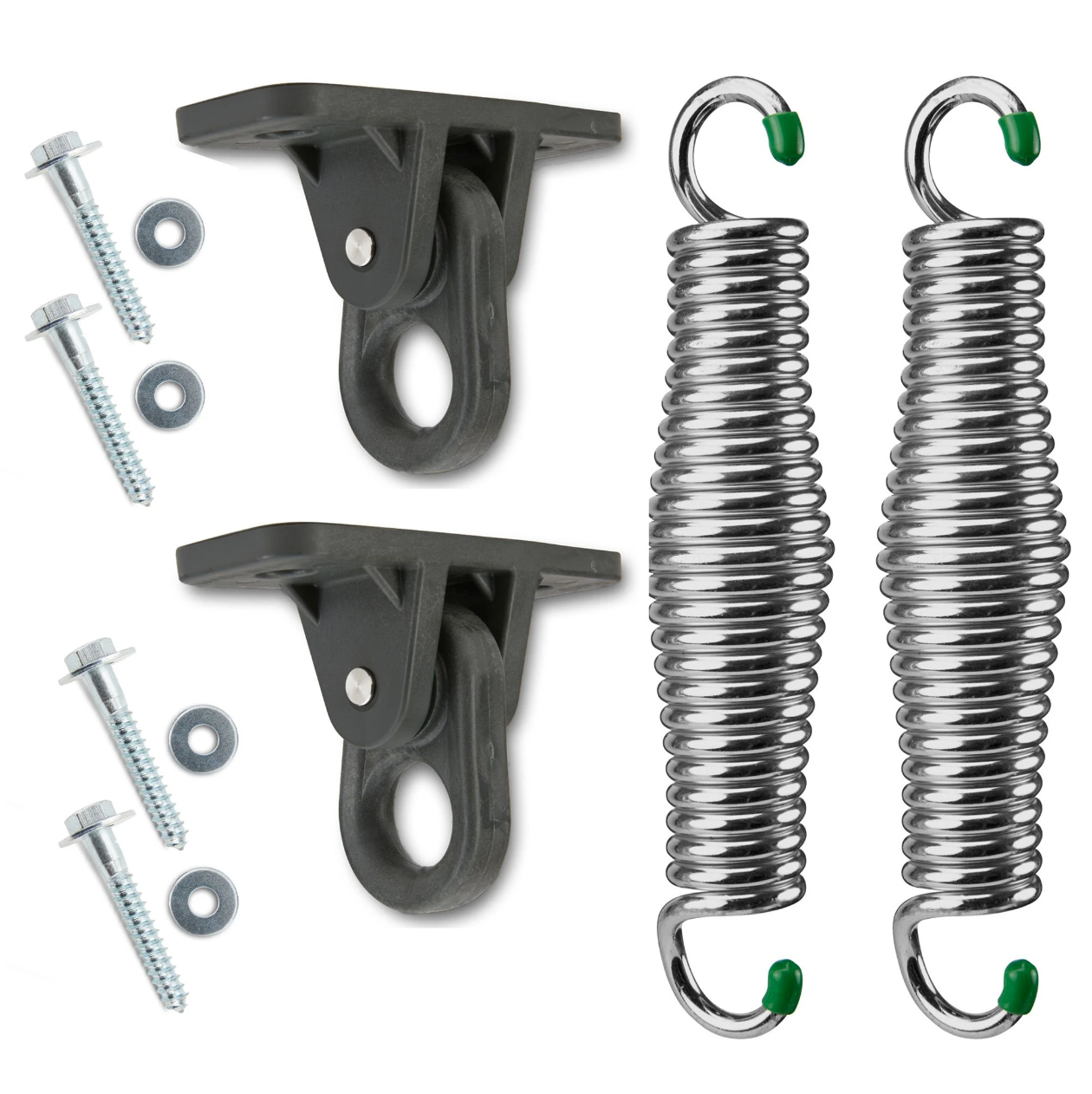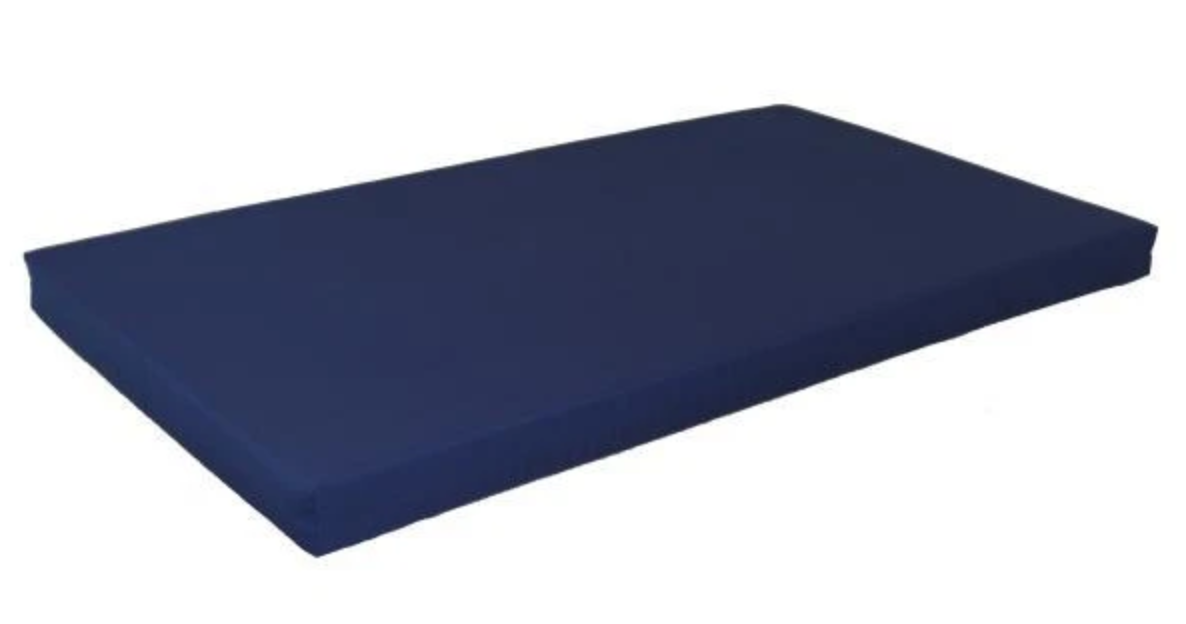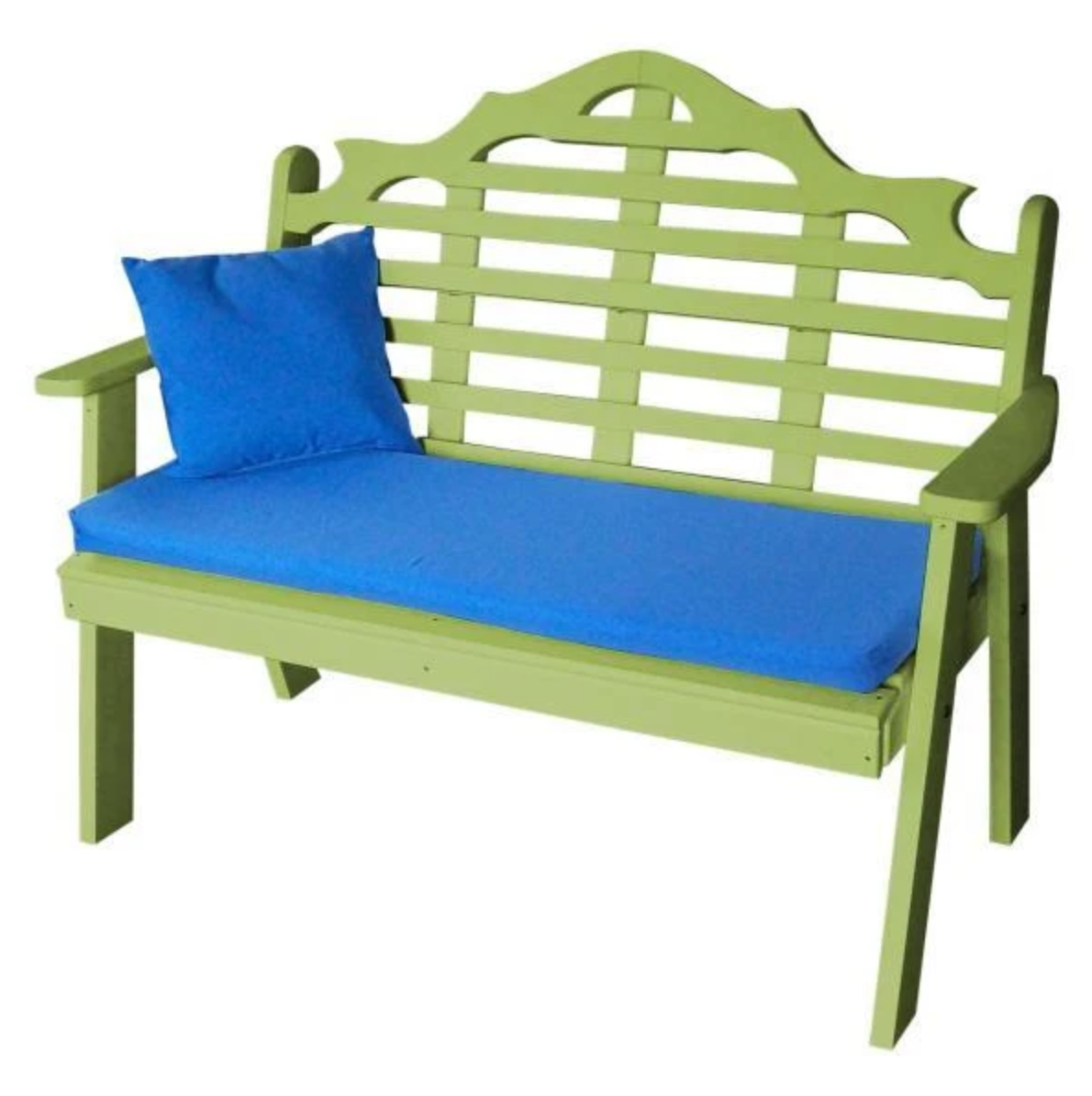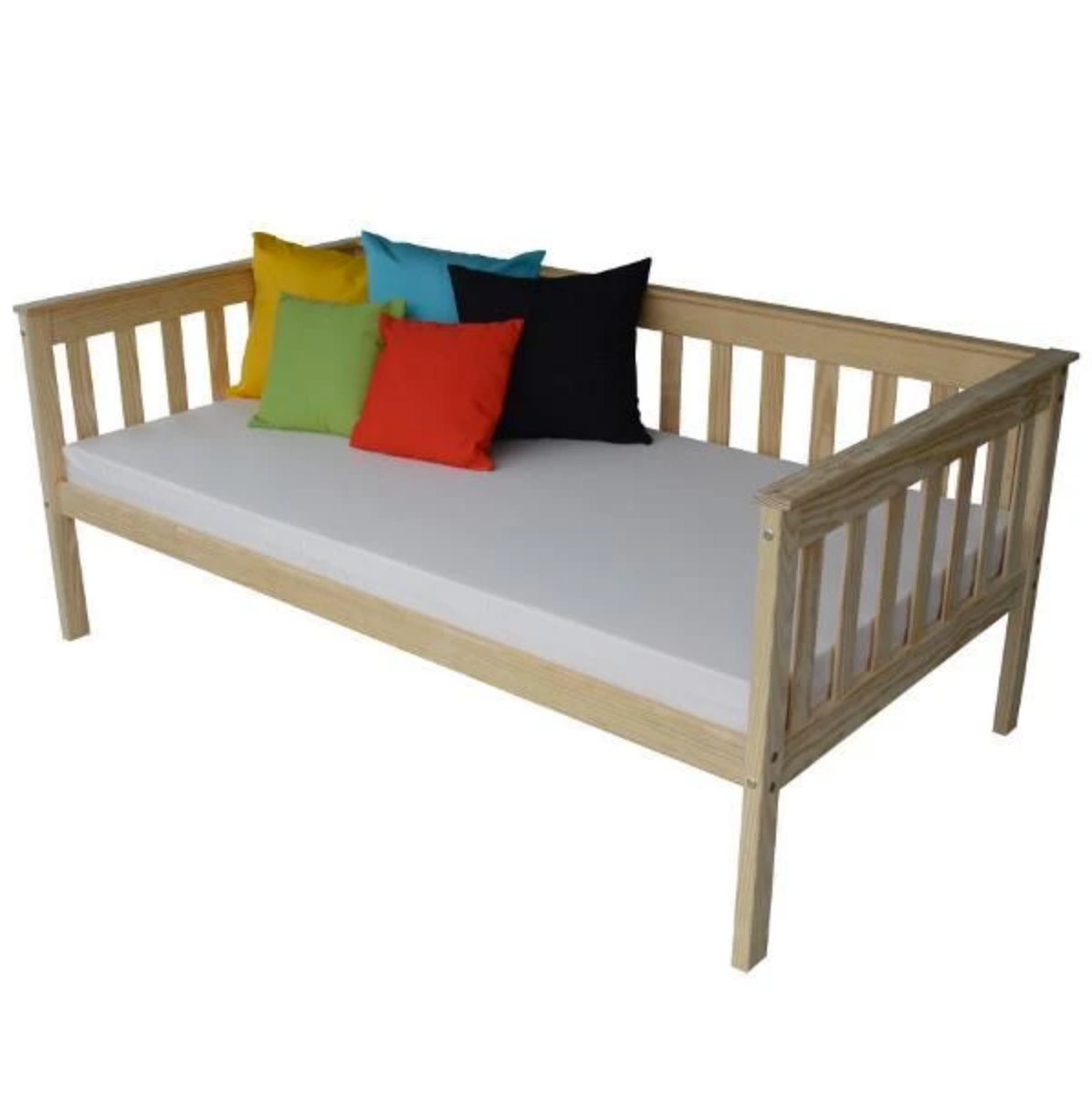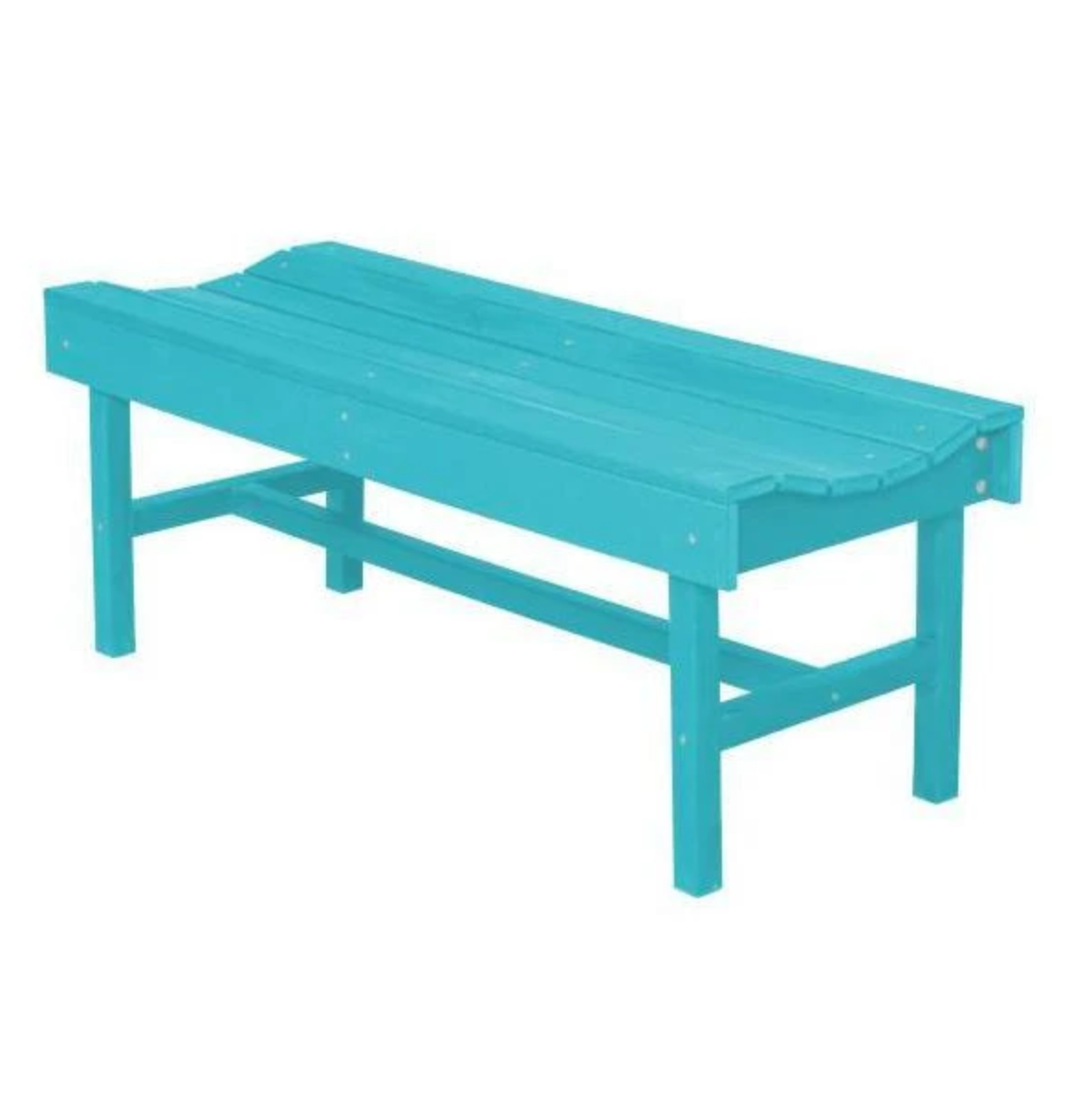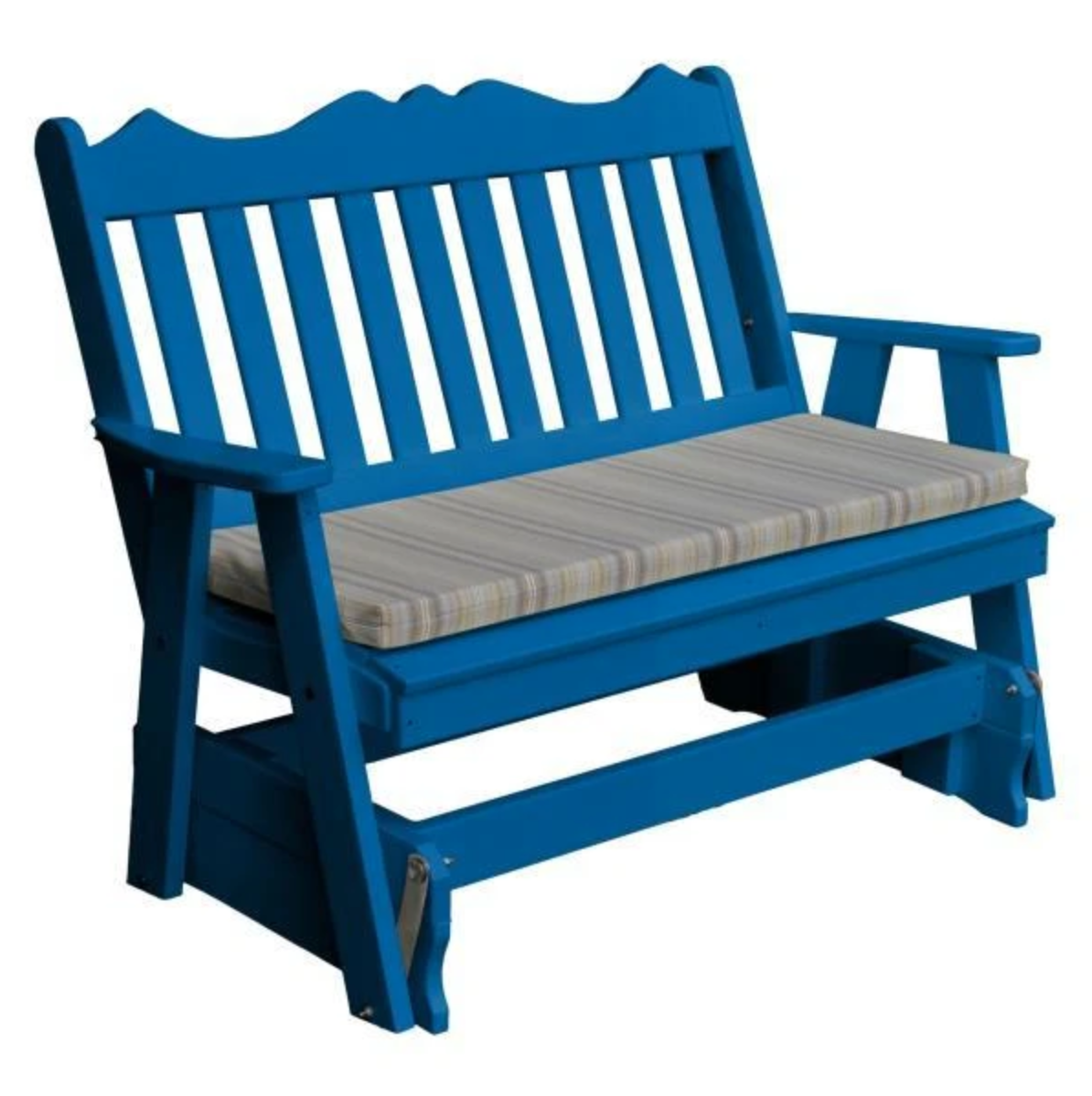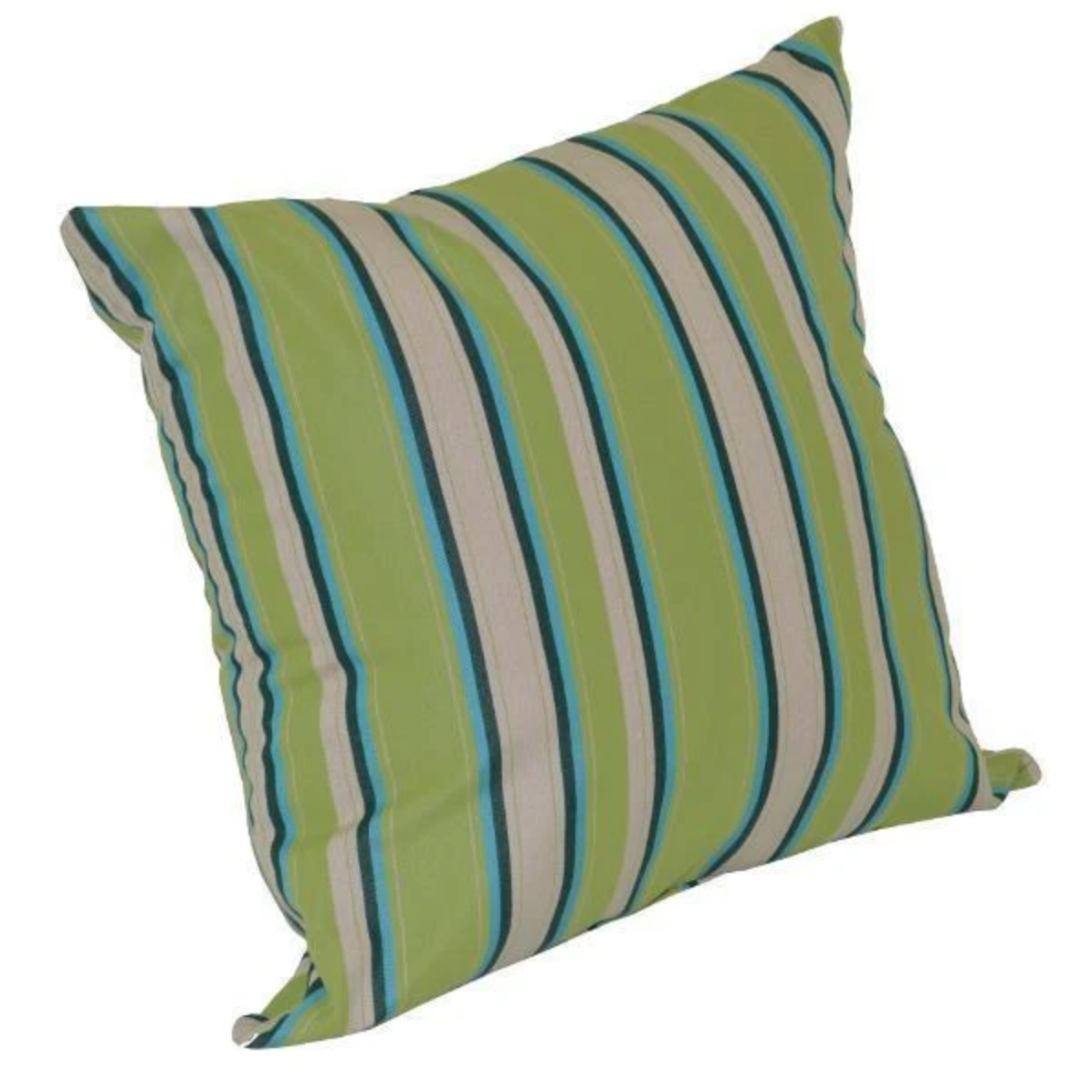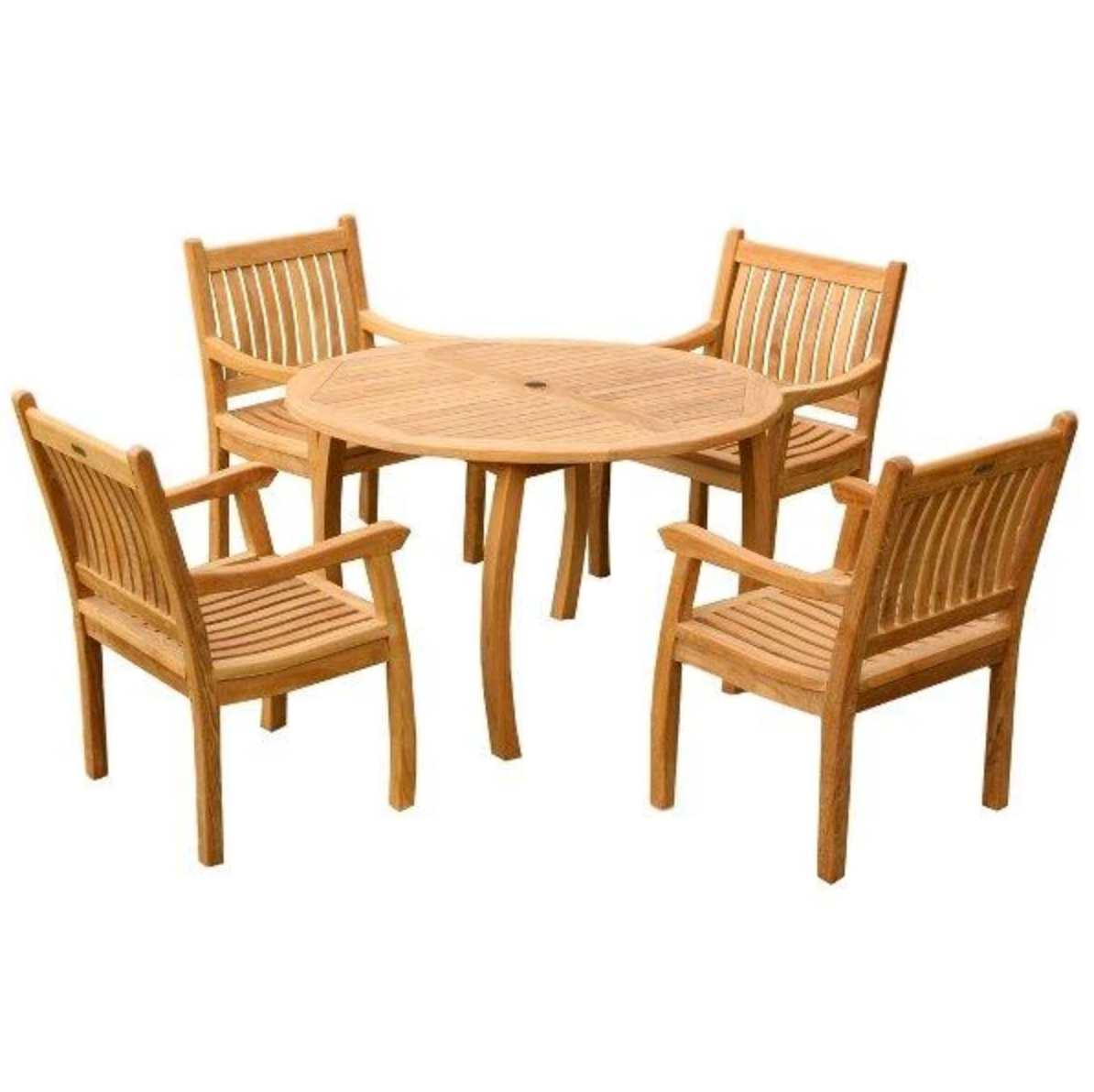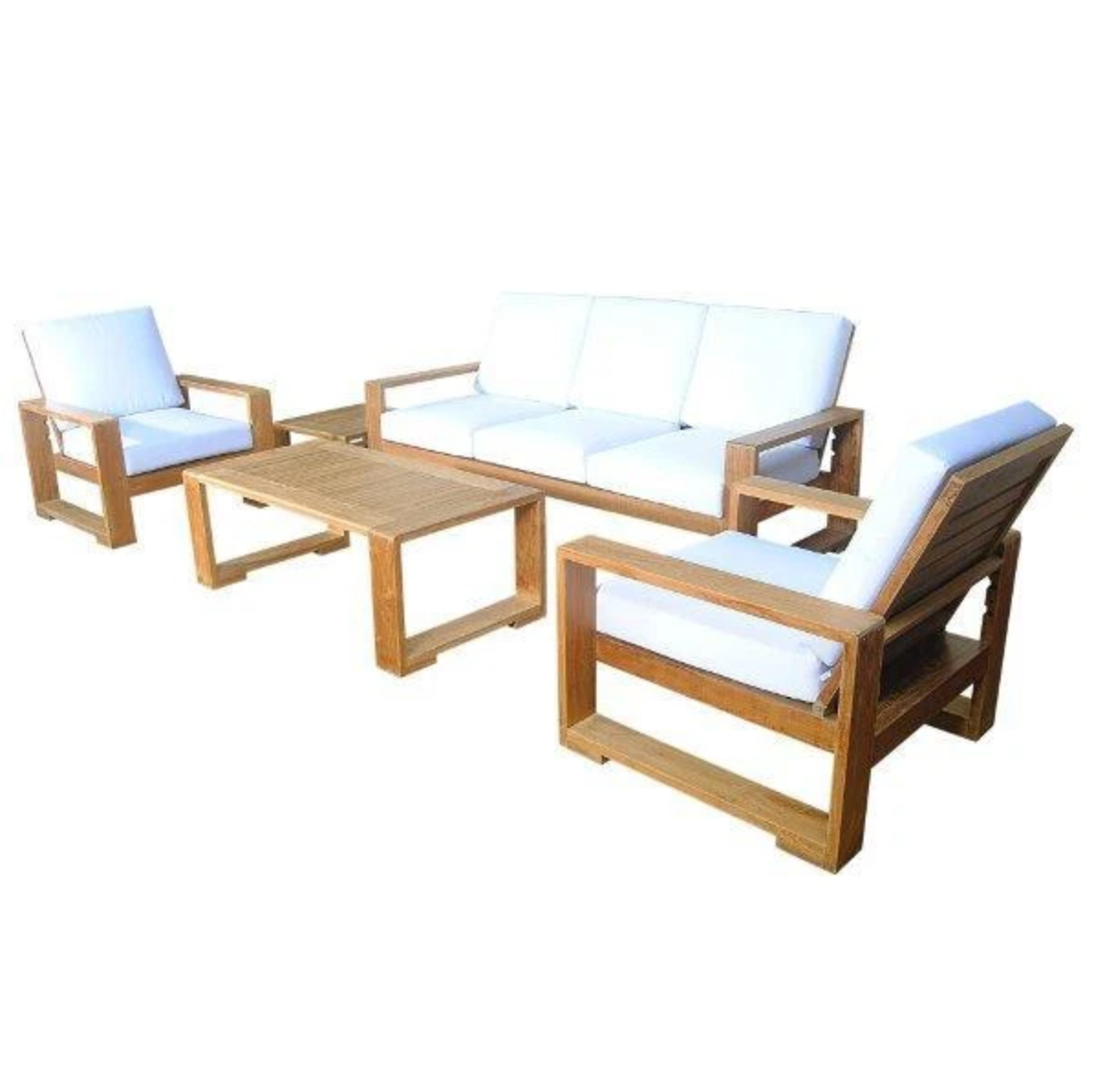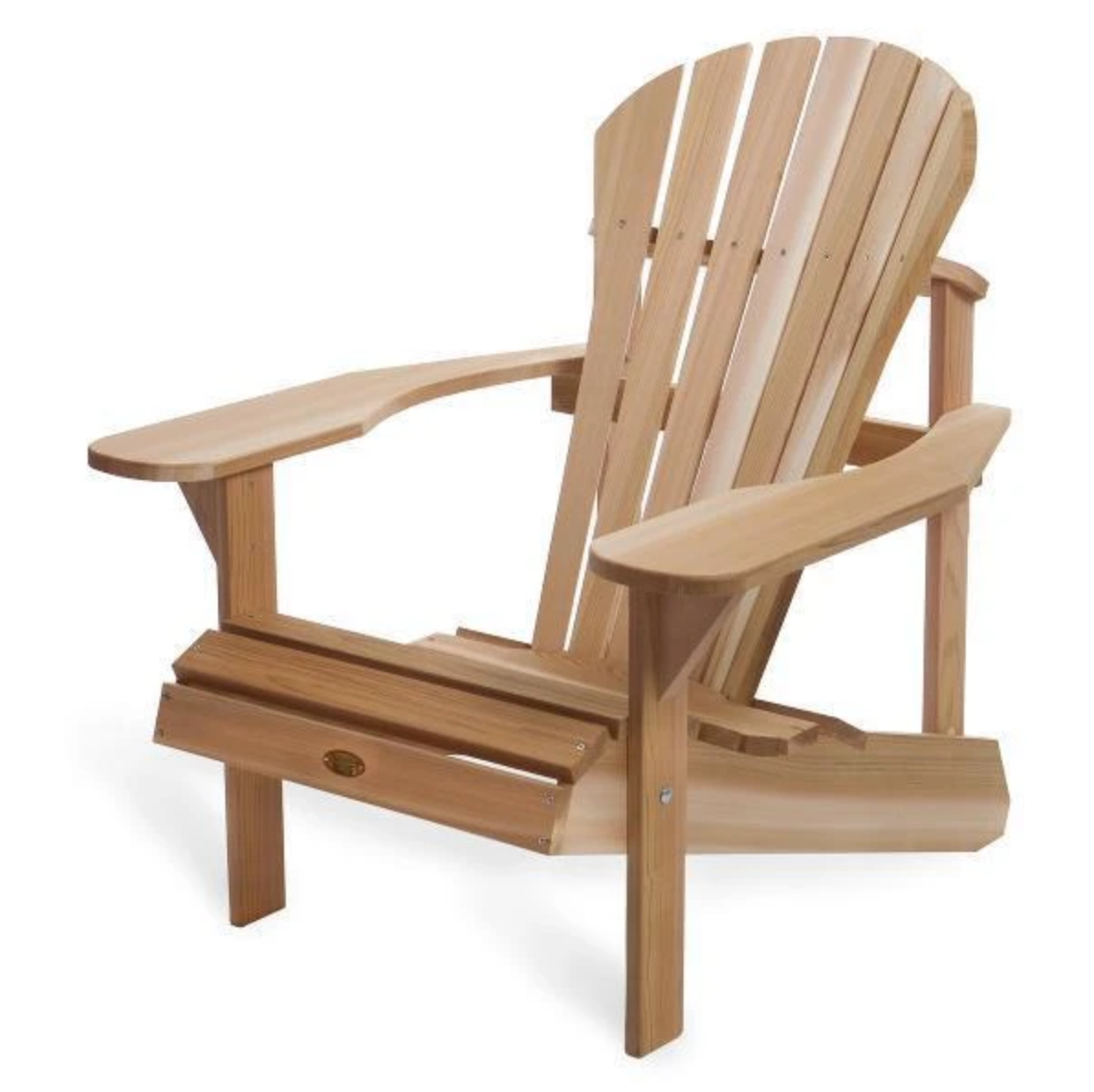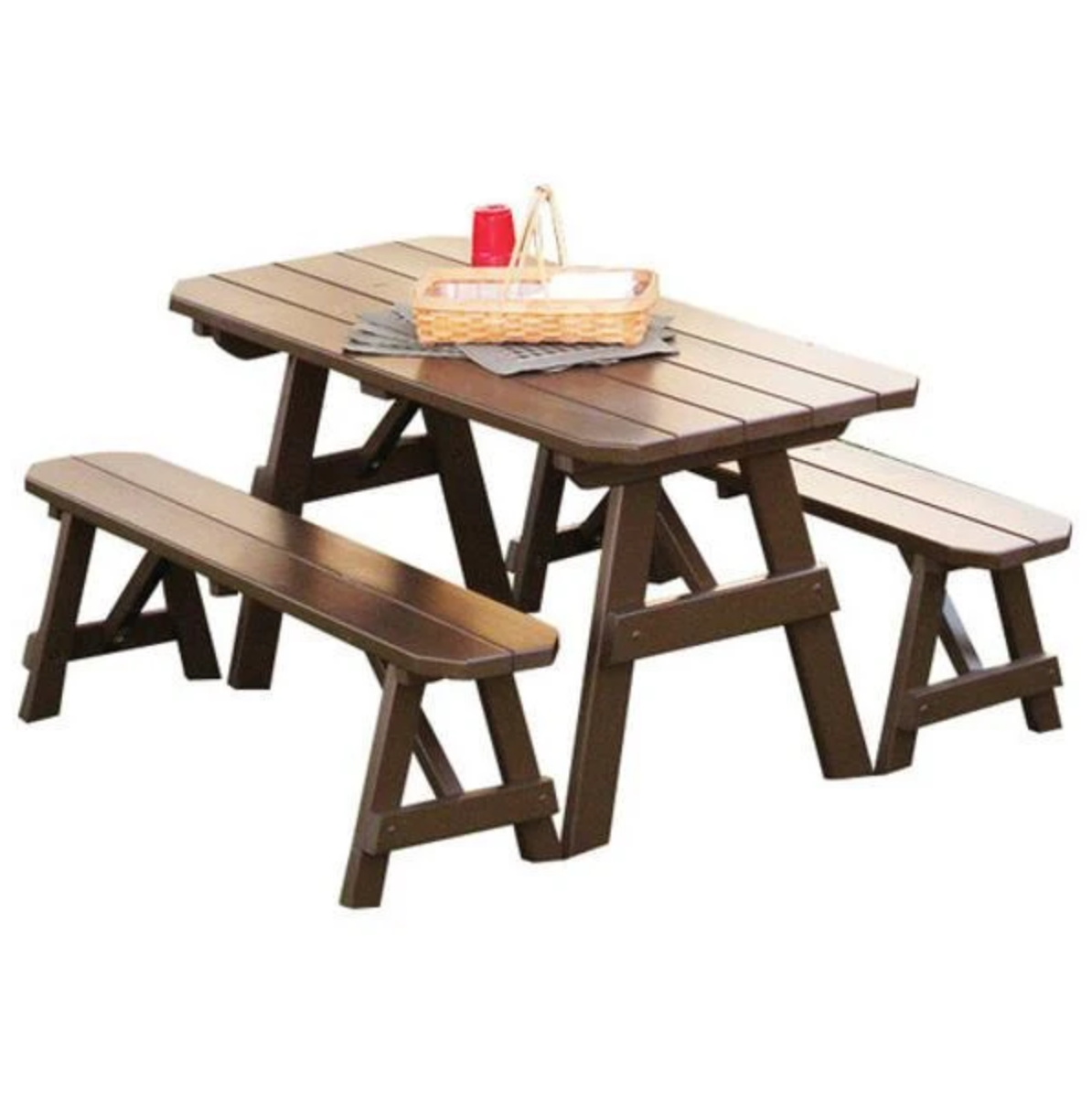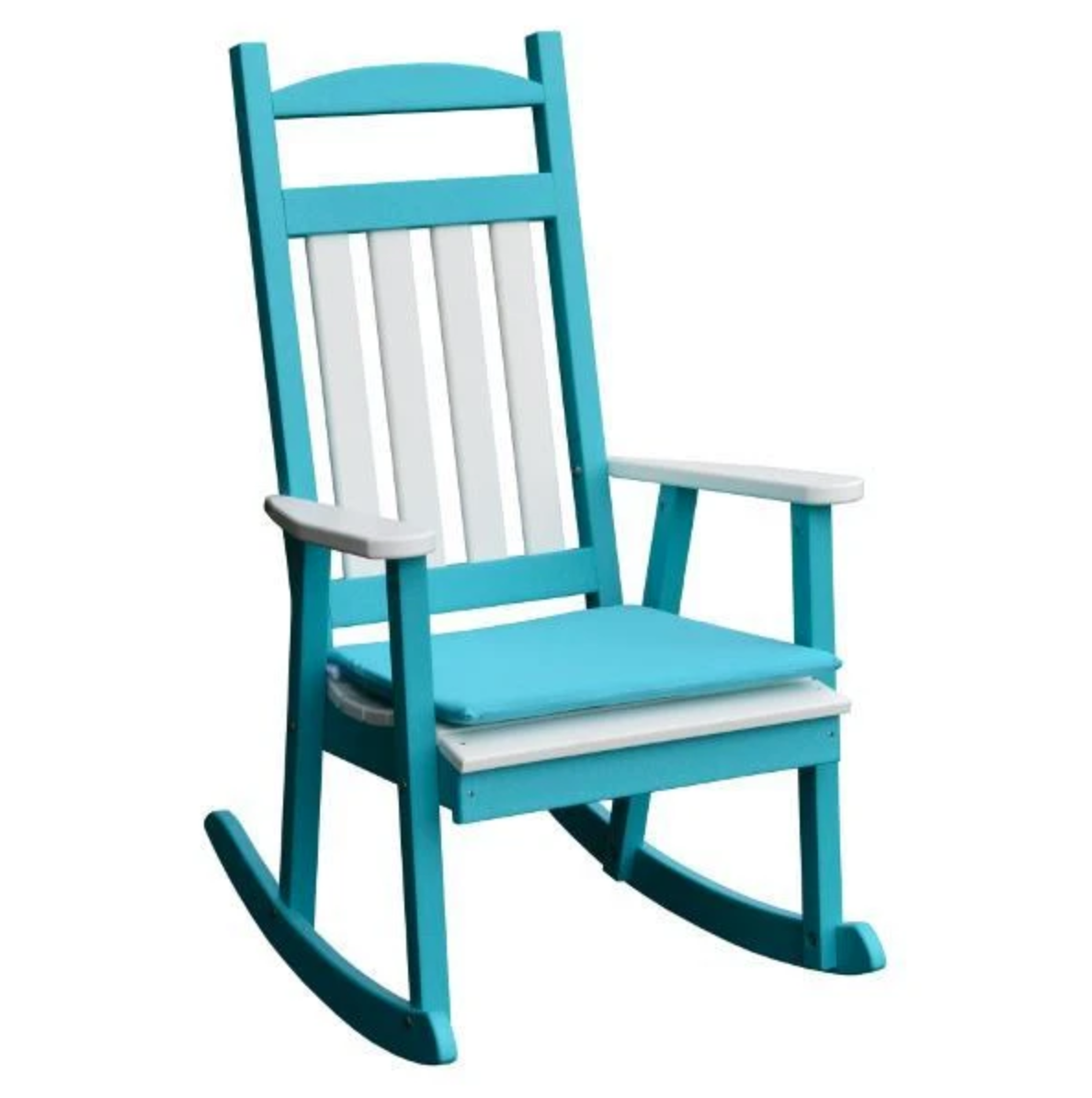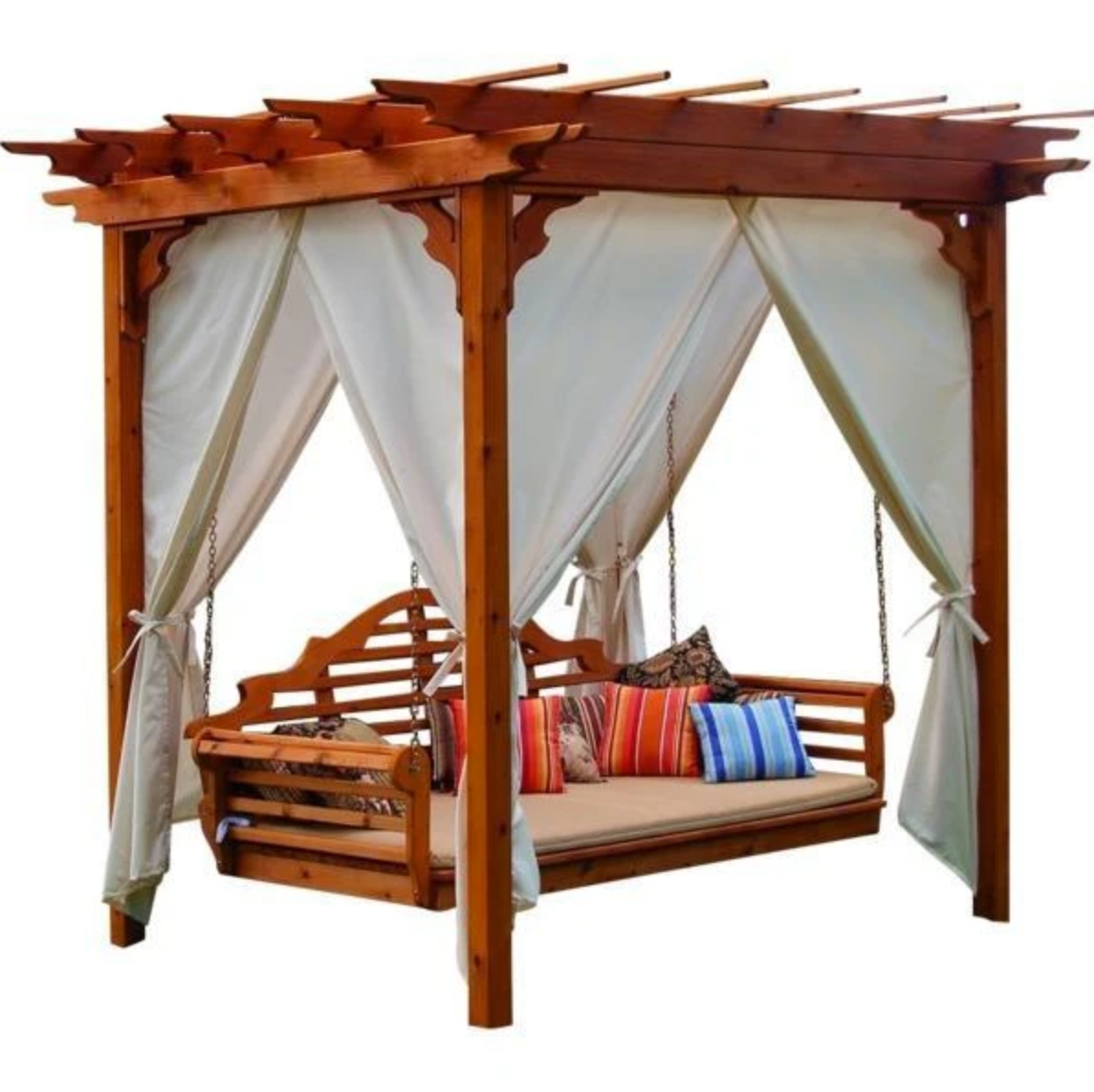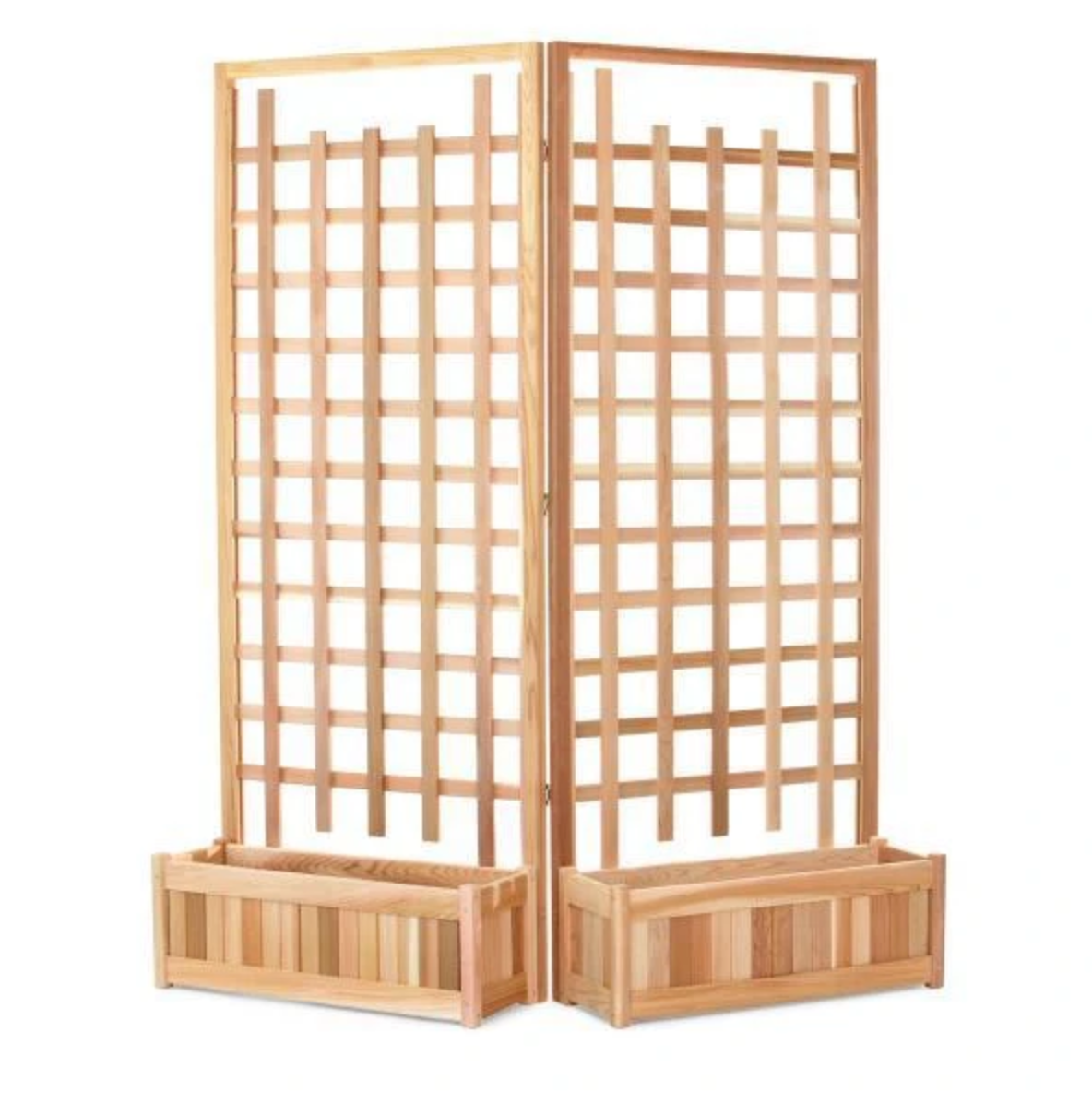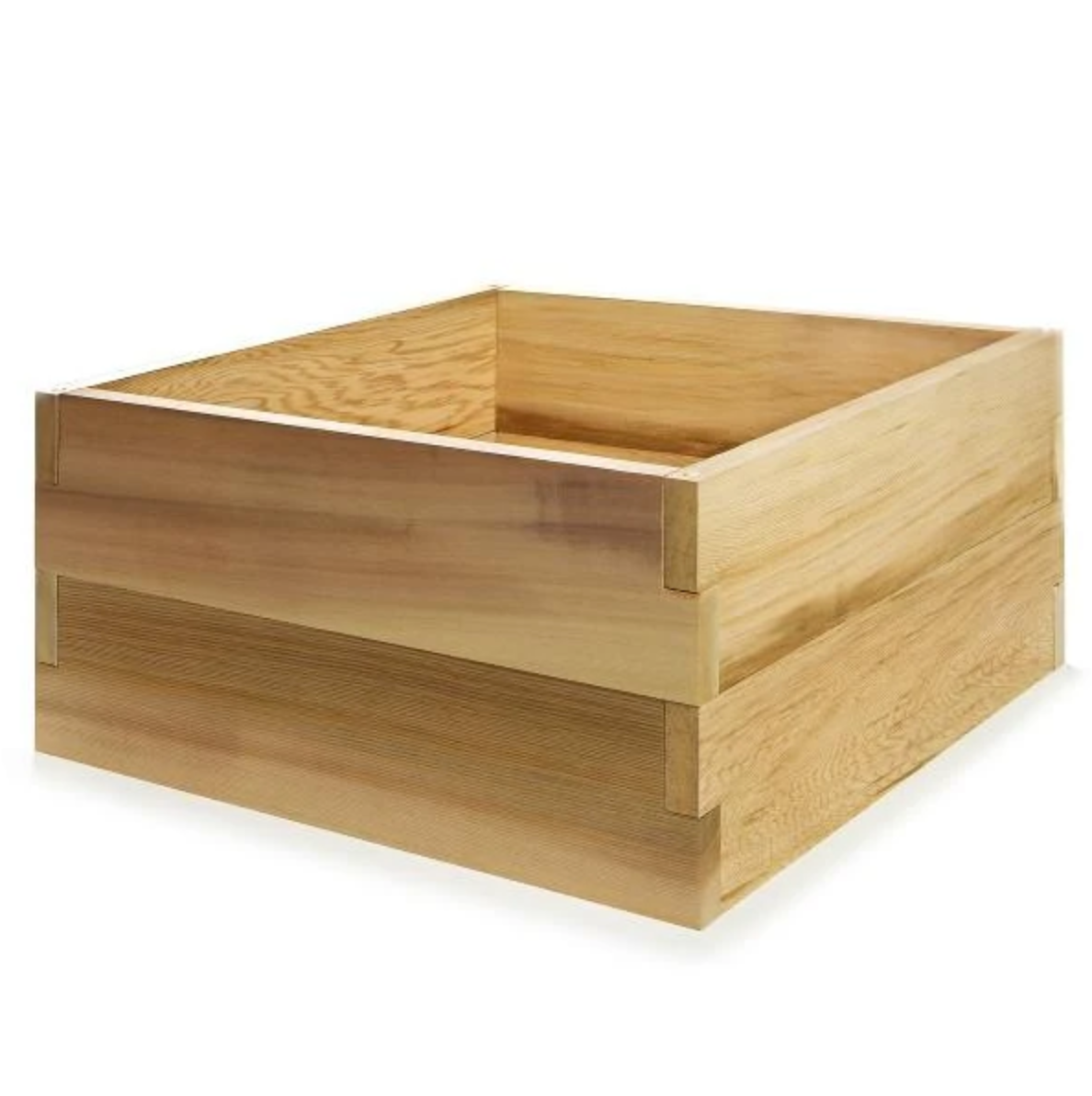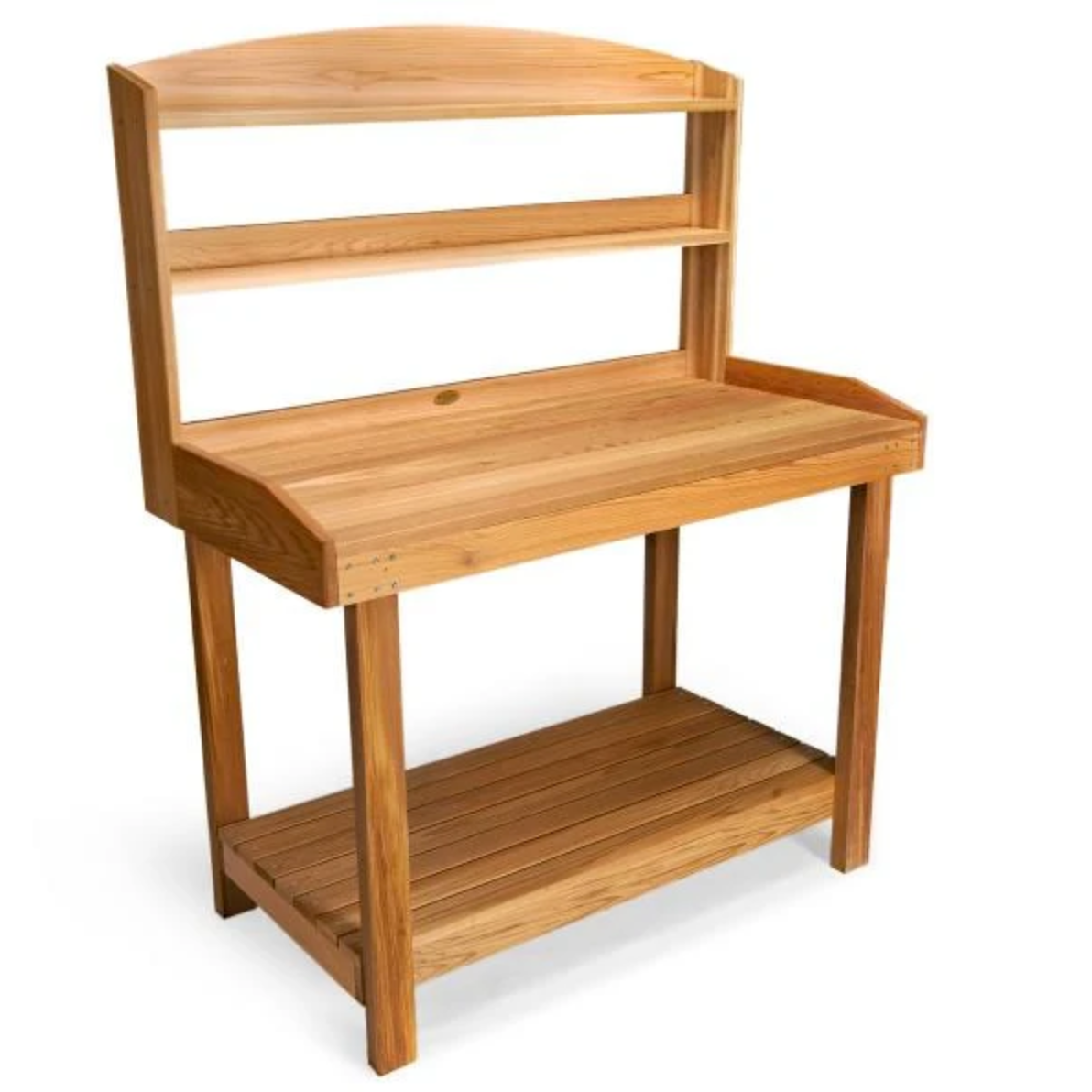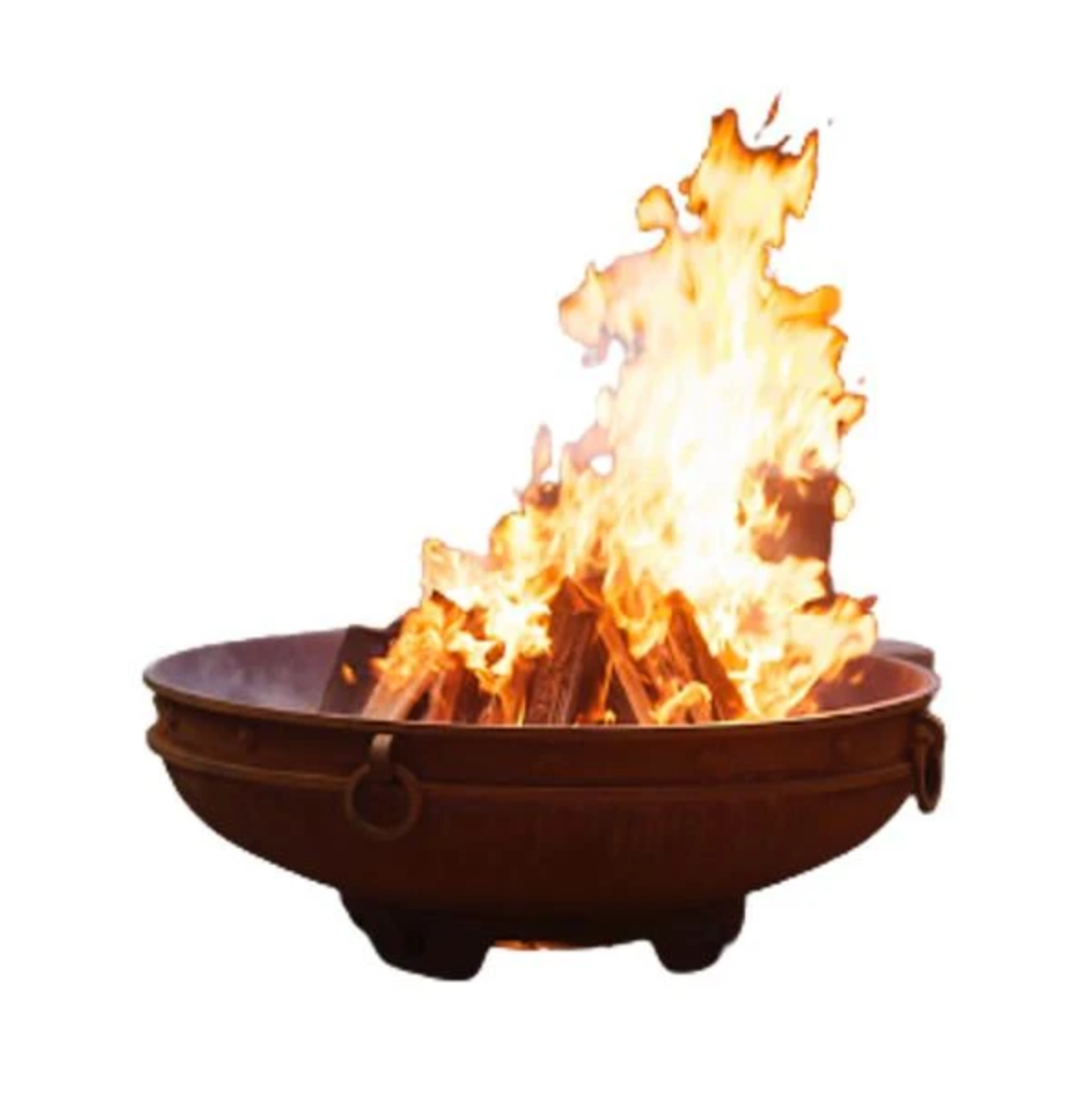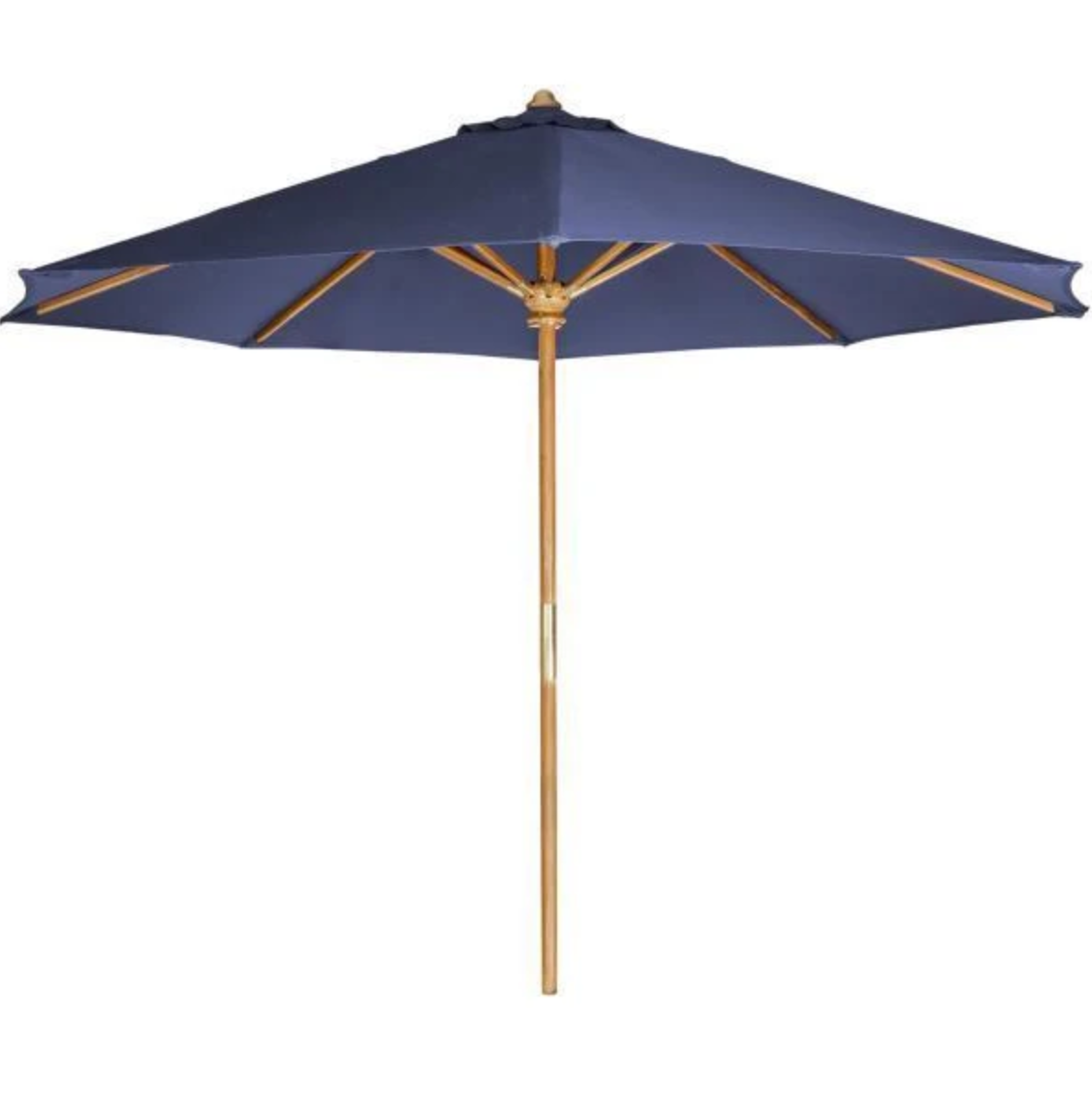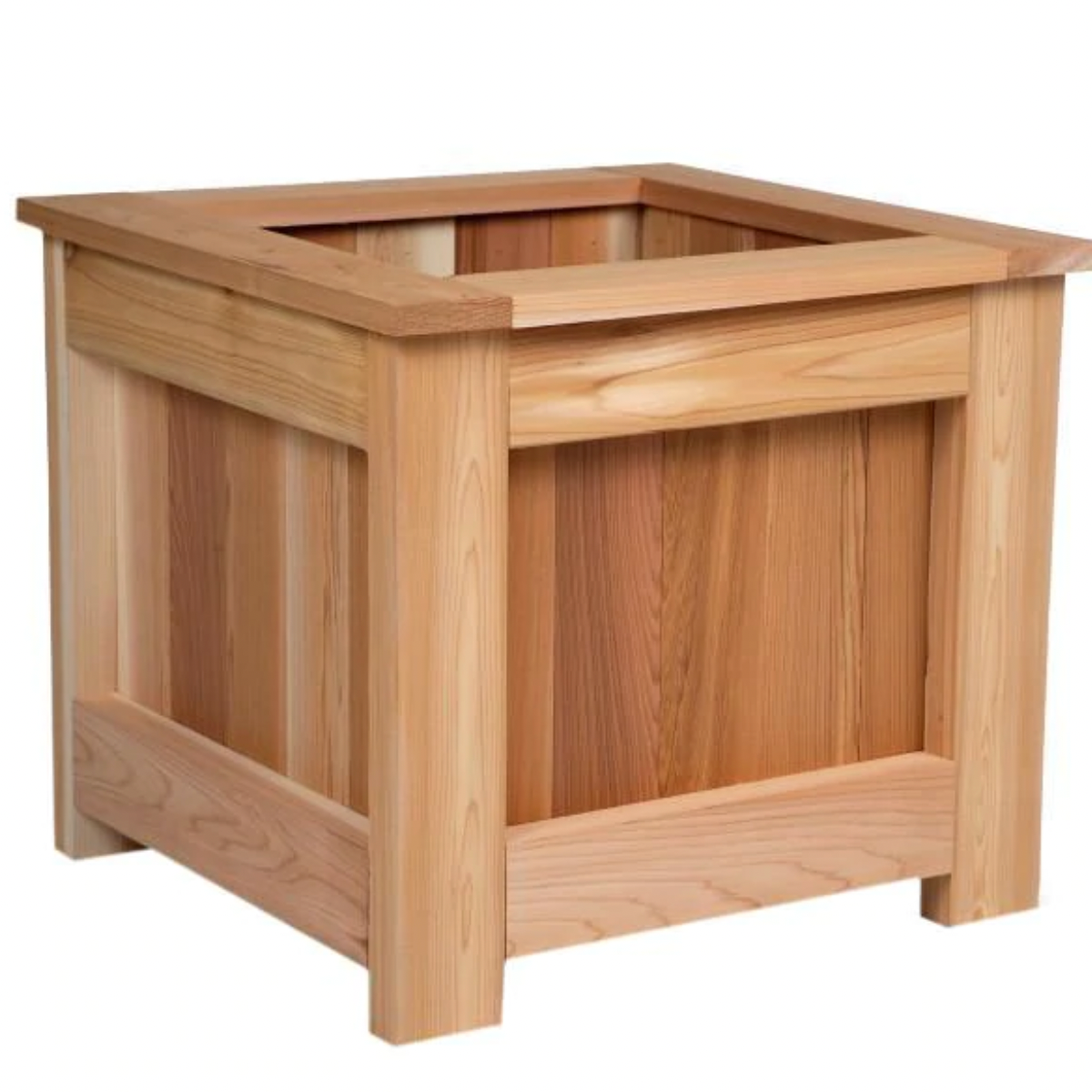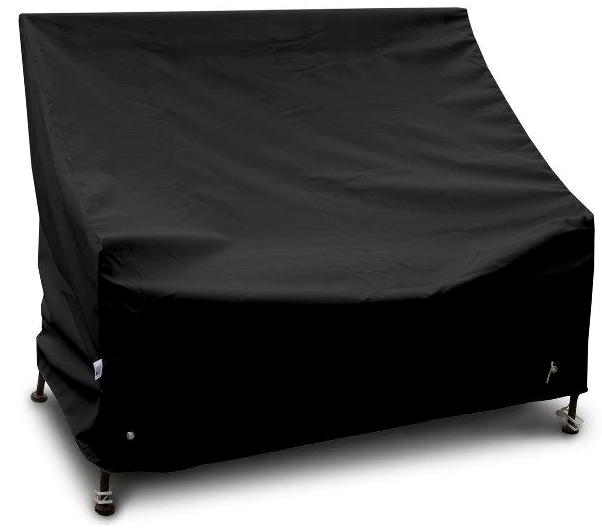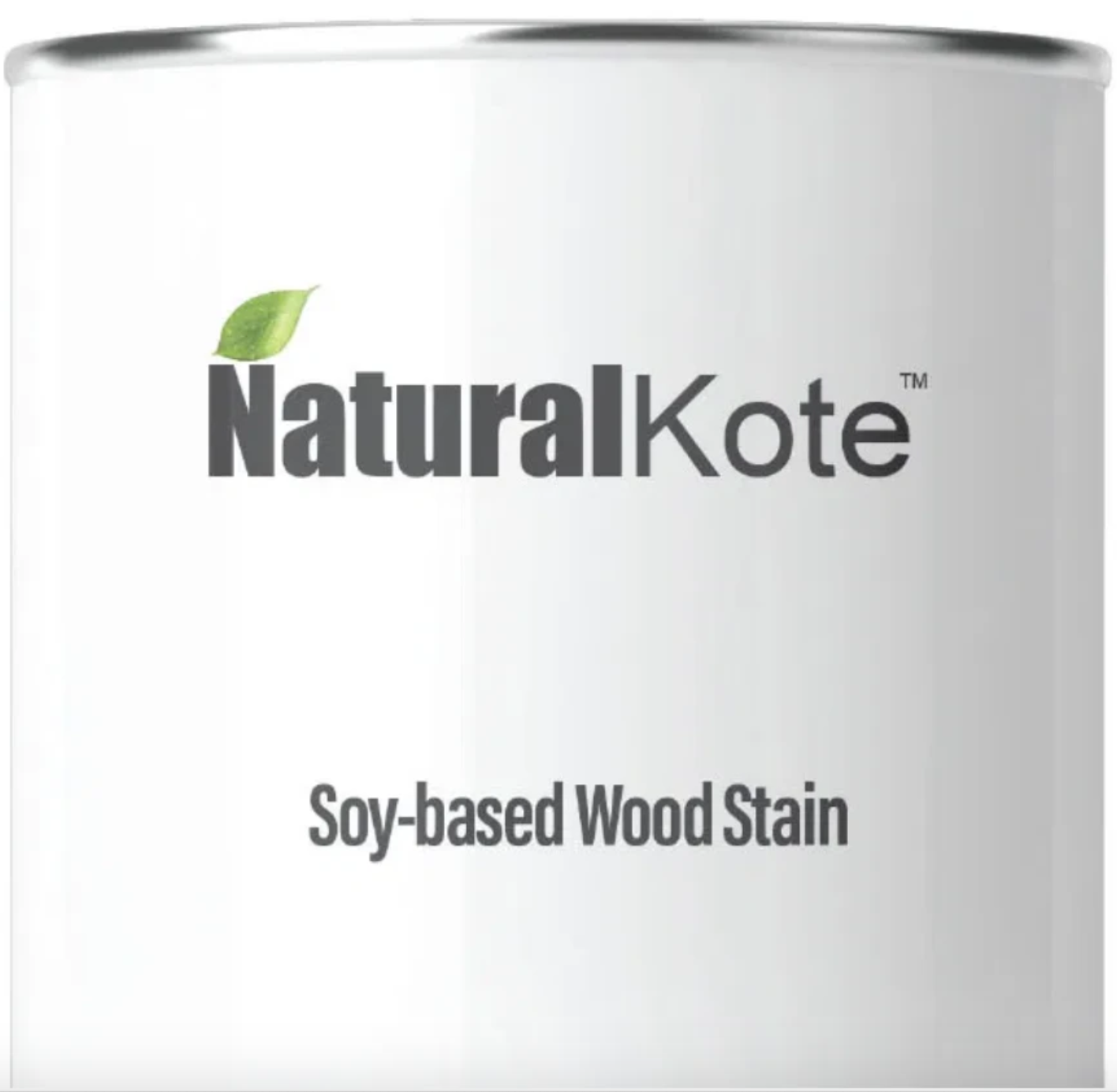Your Cart is Empty
FREE SHIPPING ON EVERY ORDER
Menu

FREE SHIPPING ON EVERY ORDER
Swings
Benches
Tables & Chairs
Home & Garden
Tips For Planning Your Vegetable Garden
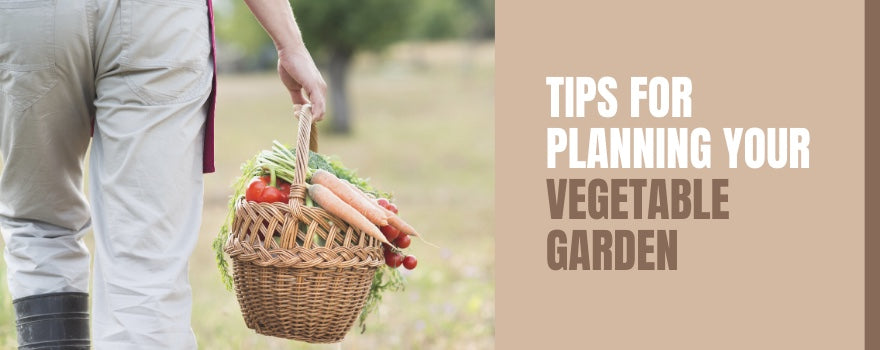
After binge-watching the food network, you've probably dreamt of having your vegetable gardenwhere you can stroll around and cut chives or pick crisp lettuce and juicy tomatoes for your party's garden salad. The good news is that anyone can grow their food whether you live in the smallest of apartments with a small balcony or a house with a big backyard.
As you start preparing and planning for your vegetable garden, you'll eventually find that it won't be as easy as you initially thought. On the plus side, it would make a rewarding experience as there is nothing like eating your very own labor of love.
How to Plan a Vegetable Garden
1. Plan your location
Most vegetables enjoy the same growing conditions: plenty of sunlight and water. It should be somewhere convenient enough for you to access every day to check on it. If your location is somewhere where there is little to no sun, don't fret. You can opt to grow crops that fit those criteria.
Otherwise, you can always adjust how you grow your vegetables. By using raised beds, lots of fertilizers, and making more room between plants are some helpful adjustments that you can implement.

2. Start small
This won't be a problem in apartments with balconies, but for those with bigger yards, you may find it more tempting to fill the whole garden with a different variety of vegetables. It may seem ideal to have a huge selection of veggies when you're just beginning to grow your garden.
Begin with a few crops and test yourself on whether you can keep up with it.
You'll be surprised to find out that such a small patch of a vegetable garden can already take up so much of your time and effort. If you start craving for more vegetables and you think you can handle the time and effort needed tending to your plants, go ahead and add another vegetable or two.
3. Choose easy-to-grow vegetables
Celery, cauliflowers, and muskmelons all have one thing in common: these are all hard to grow vegetables that need lots of extra care and attention. For newbie gardeners, it's best to start with the tried and tested easy to care vegetable plants if it's your first time growing so you won't end up frustrated and overwhelmed.
When you find yourself enjoying growing your food, you can then go to the more challenging crops. Some examples of low-maintenance veggies are tomatoes, beans, and leafy greens like lettuce, spinach, and hot peppers.

4. Plant what you'll only eat
Unless you plan on selling or trading your vegetables, grow only what you want to eat for you and your family. It'll save you time and cost of seeds. Many beginners also make the mistake of planting too much of a variety of crops. Start with two or three kinds to maximize your efforts and produce yield.
5. Go for seedlings rather than seeds
Seedlings are easy to maintain as it has already sprouted and only needs to be repotted or transferred. Seeds, on the other hand, are cheaper, and some seeds don't take too long to germinate. Seedlings may have the disadvantage of not being adequately cared for, but it may be wiser to invest in seedlings when conditions in your area are less than ideal.
The trick is to know when to choose one over the other. Salad greens, for example, are easy to grow from seeds but are fragile and may suffer from damage when transplanted, so it's best to start from seeds. Cucumbers, squash, and tomatoes may be challenging to grow, so your best bet would be to get these as seedlings.
7. Protect your vegetables from pests and unwanted guests
If you live in a place where there's plenty of herbivores like deer and rabbits, having an edible garden would be like heaven for them. Protect your plants by enclosing it with a sturdy, above-ground fence to keep away animals that can jump high and the diggers such as rabbits and groundhogs.
For pesky insects that will feed and destroy your crops, there are several methods of getting rid of these pests without the use of harmful chemicals that will contaminate your yields. Incorporate a local trap that will lure away insects from the main crops.
Consider investing or attracting beneficial insects like lacewings that will feed on these harmful insects. Plant with some distance among each of the crops so that you can quickly isolate and remove damaged or pest-ridden crops. Stakes and netting also help keep your plants protected away from pests.

8. Food for your food
The soil of your garden must meet all the nutrients required to keep your veggies in tip-top shape, and it would be best to prepare the necessary nutrients for your vegetables to help it grow. Organic fertilizers should be locally available in nearby nurseries. Be equipped with these at hand if the area you'll be planting it doesn't have the best soil.
9. Don't invest too much in gardening tools
Remember that you're just starting, so the basics would be a shovel, fork, and spade. A tiller may also be added. Once you've got this gardening business down in the hole, you can then start to add hoes, stakes, pruners, sprinklers, and maybe get an irrigation system installed. Don't forget to incorporate weatherproof furniture for a resting place while tending to your precious crops.

10. Look for various ways to plant-based on your location
Depending on your location, you may want to explore various ways to create and fill your garden. You may opt for containers or planters, raised boxes, and even spiral enclosures if you have a scarce space.
Choose to integrate your edible garden with your landscape. If you have limited outdoor space, try talking with your neighbors if they don't mind you making a garden in your front yard.
Remember that you are a beginner
Treat your garden with curiosity, and if your crop dies or it didn't grow as you expected it to, learn from your mistake and start again. Get tips from your local nurseries or check for advice online to better your skills, but the most important thing is to have fun as gardening is hard work, but the fruits, or instead veggies, of your labor are so much worth the effort.
Also in News
US
United States
Dec 12, 2025 10:39
Product Tag :
Product Collection :
×
